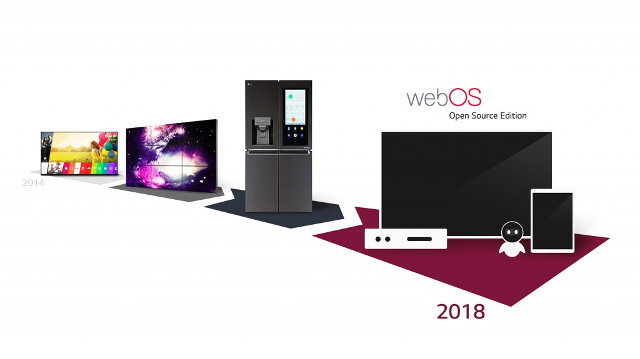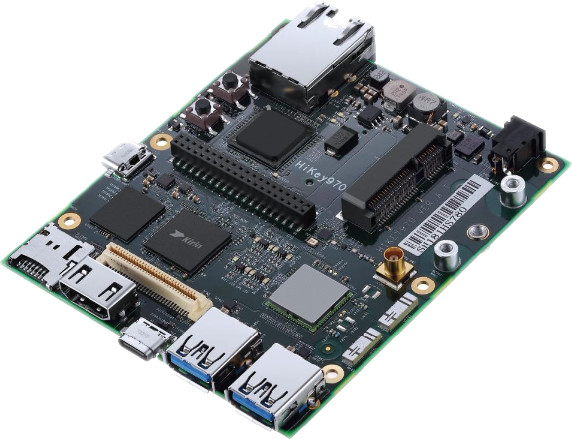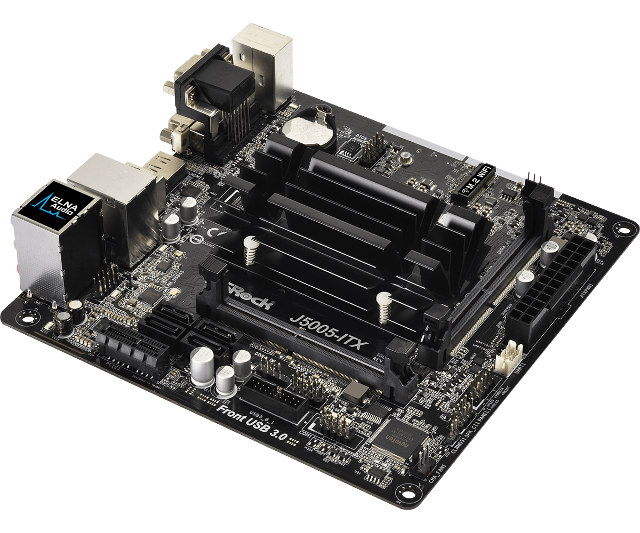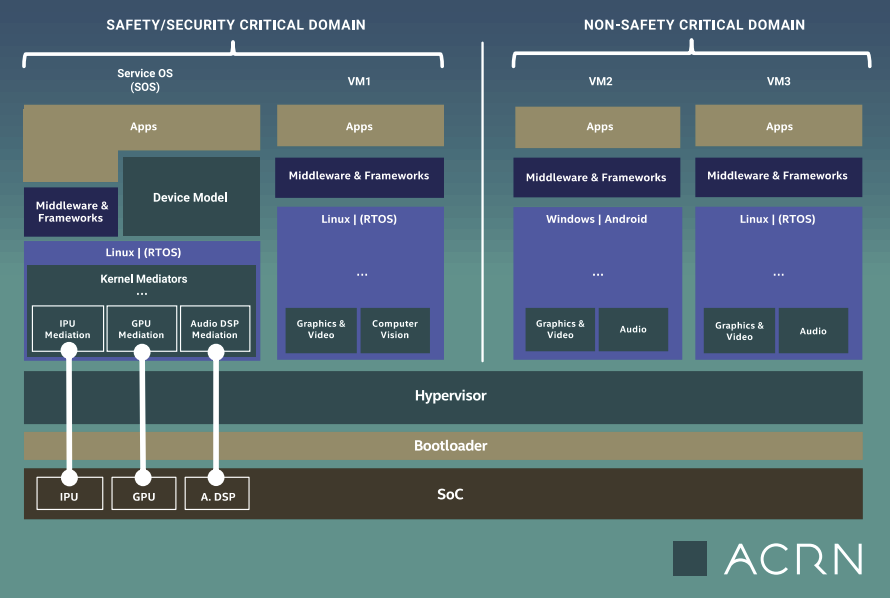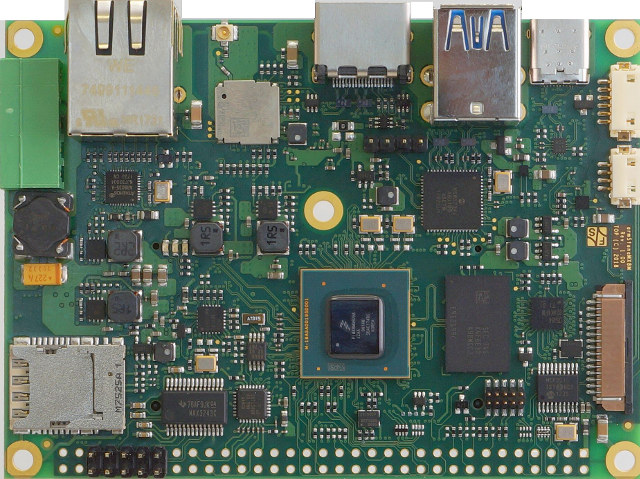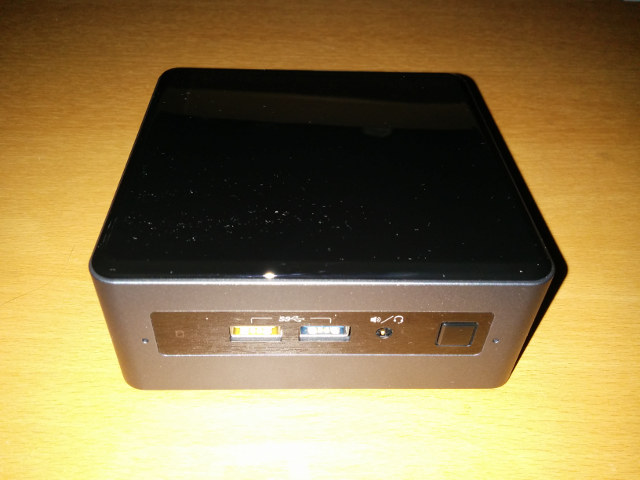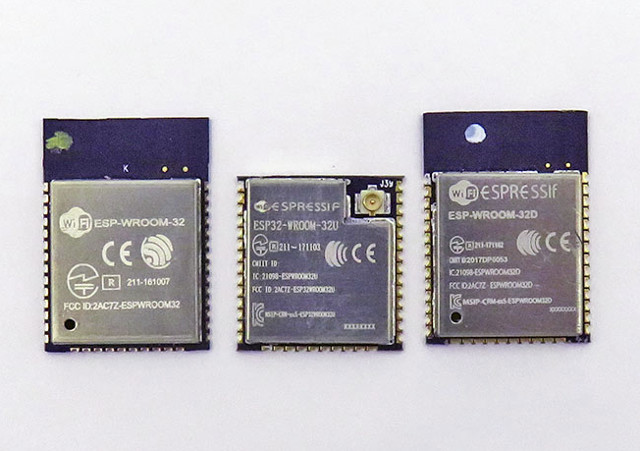webOS, originally developed by Palm, is a Linux based multitasking operating systems with support for HTML5 and CSS3. It is now found in most (all?) new LG smart TVs, and the TV manufacturer has decided to expand the adoption of webOS by collaborating with the South Korean government and local startups, and released an open source version , webOS Open Source Edition, available publicly at http://webosose.org. webOS Open Source Edition 1.0 is said to be optimized for the Raspberry Pi 3, and the company provides build instructions on the “setting up” page of the website to build the firmware image, which you can then flash to a micro SD card. The idea is to for a community around the open source version webOS, and let different categories of developers or users contribute to the project: System UI Developers – The System UI is based on Blink and Qt, and developers […]
FOSSASIA Summit 2018 Schedule – March 22-25
FOSDEM is the “Free & Open Source Software Developers’ European Meeting” takes place the first week-end of February every year in Brussels, Belgium. It turns out there’s an event in Asia called FOSSASIA Summit that’s about to take place in Singapore on March 22-25. There are some differences however, as while FOSDEM is entirely free to attend, FOSSASIA requires to pay an entry fee to attend talks, although there are free tickets to access the exhibition hall and career fair. There are also less sessions as in FOSDEM, but still twelve different tracks with: Artificial Intelligence Blockchain Cloud, Container, DevOps Cybersecurity Database Kernel & Platform Open Data, Internet Society, Community Open Design, IoT, Hardware, Imaging Open Event Solutions Open Source in Business Science Tech Web and Mobile Since the event is spread out over four days, it should be easier to attend the specific sessions you are interested in. I’ve […]
96Boards Unveils Four A.I. Developer Platforms: HiKey 970, Ultra96, ROCK960 PRO & Enterprise Edition
Many new processors include a Neural Processing Unit (NPU) – aka Neural Network Accelerator (NNA) – in order to speed up talks associated with artificial intelligence, such as object or other patterns recognitions. With Linaro Connect Hong Kong 2018, 96Boards has just unveiled four development boards specifically designed for artificial intelligence solution with Hikey 970 powered by Hisilicon Kirin 970 processor, Ultra96 based on Xilinx Zynq UltraScale+ ZU3EG ARM+ FPGA SoC, and ROCK960 PRO & Enterprise Edition featuring the upcoming Rockchip RK3399Pro processor. Hikey 970 Preliminary specifications: SoC – Kirin 970 with 4x Cortex A73 @ 2.36GHz, 4x Cortex A53 @ 1.8GHz, Arm Mali G72-MP12 GPU, NPU with 256MAC/cycle @ 960MHz System Memory – 6GB 1866MHz, 4 Channel LPDDR4x Storage -64GB UFS storage, micro SD card slot Video Output – HDMI 1.4 up to 1080p60 Camera – 4 lanes CSI + 2 lanes CSI Connectivity – Gigabit Ethernet, wireless module, […]
ASRock J5005-ITX Pentium J5005 Motherboard Coming Soon for around $120 and Up
Several products based on Gemini Lake processors have already been announced, and some are already available through pre-orders, but so far, I’ve not seen many retail hardware based on Intel Pentium J5005, the most powerful processor of the family, except for one Intel NUC. ASRock J5005-ITX motherboard brings another option, and while it had been expected for a while, the company has now setup a proper product page, and the motherboard can be seen as “coming soon” for about $120 and up (excluding VAT) on some websites like Alzashop (in Europe) or Kakaku (in Japan). ASRock J5005-ITX motherboard specifications: SoC – Intel Pentium J5005 quad core processor @ 1.50/2.8 GHz with 18EU Intel UHD Graphics 605 up to 800 MHz; 10W TDP System Memory – 2x DDR4-2400/2133 SO-DIMM slots up to 8GB (2GB per module not supported) Storage 2x SATA3 6.0 Gb/s connectors, support NCQ, AHCI and Hot Plug 2x […]
ACRN is an Open Source Hypervisor Built for IoT Device Development
ACRN – pronounced “acorn” – is an open source reference hypervisor with a small footprint, real-time capabilities, adaptability with support for Linux, Android, and RTOS guest operating systems, built for safety critical code in mind, and specifically designed for IoT and embedded devices. The project is managed / supported by the Linux Foundation. A few more details about some of the key features of the solution: Two main components: the hypervisor itself, and its device model complete with rich I/O mediators managed by Linux-based Service OS (SOS). Small footprint – Approx. 25K lines of code (LOC) for ACRN hypervisor against 156K LOC for datacenter-centric hypervisors. Real Time – Low latency, enables faster boot time, improves overall responsiveness with hardware communication Adaptability – Multi-OS support for guest operating systems like Linux, Android, RTOSes… Safety Criticality – Safety critical workloads have priority, isolation of safety critical workloads Built for Embedded IoT – Virtualization […]
F&S Elektronik ArmStone MXM8 Pico-ITX Board is Equipped with Up to 8GB RAM, NXP i.MX8M Processor
F&S Elektronik Systeme has been working on a new SBC part of their ArmStone family with ArmStone MXM8 single board computer, featuring NXP i.MX 8M quad core Cortex A53 processor, and supporting up to 8GB LPDDR4 RAM. The Pico-ITX board also comes with up to 32GB eMMC flash, integrate Gigabit Ethernet and wireless connectivity, DVI and dual-channel LVDS outputs, USB 3.0, PCIe and more interfaces. The layout is very similar to the company’s ArmStone A53SD pico-ITX board launched last year with a Qualcomm Snapdragon 410E processor. ArmStone MXM8 preliminary specifications: SoC – NXP i.MX 8M Dual or Quad Arm Cortex A53 processor @ up to 1.5 GHz, Arm Cortex-M4 real-time core, and Vivante GC7000Lite GPU with support for OpenGL/Es 3.1, OpenGL 3.0, Vulkan System Memory – Up to 8GB LPDDR4 Storage – Up to 32GB eMMC flash, up to 1GB SLC NAND flash, optional micro SD slot Video Output – […]
Intel NUC7CJYSAL “June Canyon” Gemini Lake NUC Mini PC Review with Windows 10 and Ubuntu
The hardware specification for mini PCs has recently evolved past the traditional fixed amount of memory and storage. Now mini PCs are shipping with SODIMM slots allowing RAM expansion and a variety of M.2 or SSD combos providing flexible storage options. Recent mini PCs are also coming to market with desktop processors rather than mobile processors because there has been a gradual acceptance of the necessary inclusion of a small internal fan. In doing so not only is this addressing the key limiting factors for mini PCs but it is also redefines the very definition of a mini PC. Until recently Intel NUCs (Next Unit of Computing) were seen as small-form-factor personal computers primarily because they consisted of the traditional motherboard with a processor, included removable RAM and storage and were enclosed in a case with an external power supply. They were also sold as kits meaning they were essentially […]
ESP32-WROOM-32D / ESP32-WROOM-32U WiFi & Bluetooth Modules Deliver Better RF Performance
ESP-WROOM-32 is likely the most popular ESP32 WiFi + Bluetooth module on the market, but a few months ago, Espressif Systems unveiled two variants named ESP32-WROOM-32D / ESP32-WROOM-32U, which are based on ESP32-D0WD (5x5mm package) instead of ESP32-D0WDQ6 (6x6mm package), and are said to offer better RF performance ESP32-WROOM-32D is the most similar to ESP-WROOM-32 since it also comes with a PCB antenna, while ESP32-WROOM-32U is much smaller as it relies on an external WiFi/Bluetooth antenna via a u.FL connector. Both new modules are pin-to-pin compatible with ESP-WROOM-32 Key features: CPU – Espressif ESP32-D0WD dual core Tensilica processor Storage – 32Mbit SPI flash Crystal – 40 MHz Connectivity – Wi-Fi 802.11 b/g/n up to 150 Mbps, Bluetooth 4.2 LE I/Os – 38- catellagated pin with I/Os + GND plane Antenna ESP32-WROOM-32D – on-board antenna ESP32-WROOM-32U – u.FL connector for external IPEX antenna Dimensions ESP32-WROOM-32D – 18 x 25.5 x 3.1 […]


